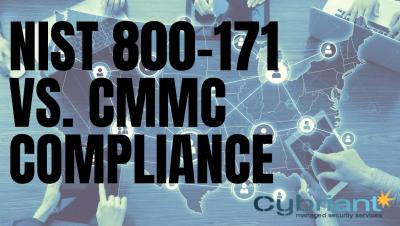NIST SP 800-128 - Because Patching May Never Fix Your Hidden Flaws
Over the last few years, the idea of patching systems to correct flaws has graduated from an annoying business disruption to a top priority. With all of the notorious vulnerabilities that can wreak total havoc, the time it takes to patch becomes a minor inconvenience when weighed against both the technical challenges and possible regulatory penalties of not patching.








